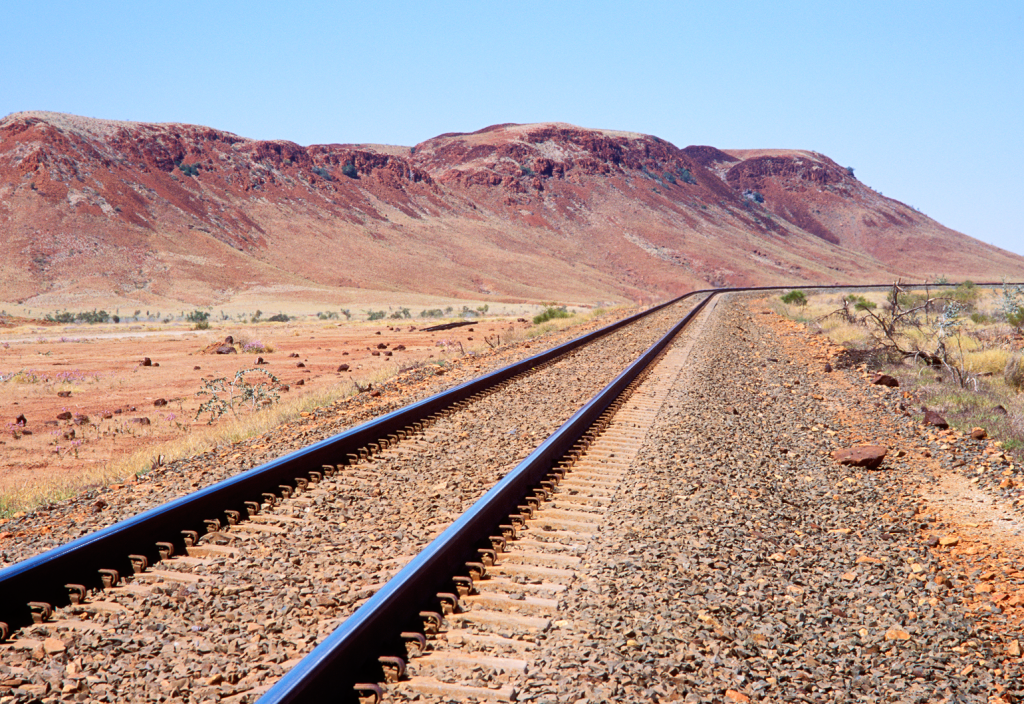There’s a growing demand for engineers in WA, and legislation to establish a state infrastructure authority is a promising sign for the future. But the outlook isn’t as rosy for other Australian states.
According to a recent Engineers Australia report, WA’s online engineering job vacancies grew more than any other state’s last year, with a 19.5 per cent increase from 711 to 849 between January 2018 and December 2018.
WA Premier Mark McGowan said establishing Infrastructure WA (IWA) as an independent statutory authority was an important part of the State Government’s plan to further increase employment.
“It will help develop a pipeline of investment, provide business certainty and create long-term, secure jobs,” he said in a statement.
“For years, business and industry have been calling for a long-term infrastructure strategy, that’s why the immediate priority for IWA will be to develop a 20-year plan,” he added.
According to Susan Kreemer Pickford, Engineers Australia General Manager for Western Australia, short-term political cycles are bad for long-term planning, which has a knock-on effect for the economy and engineering workforce.
“It’s long been the case that the demand for engineers is cyclic as we go through boom and bust construction periods,” she told create.
Kreemer Pickford added that a pipeline of infrastructure projects provides State Government agencies, local government and organisations with greater certainty to enable them to plan for a workforce that has “the right resources in the right place at the right time”. She commented that a 20-year plan was “ideal”.
Meeting the needs of industry
As well as drafting a 20-year state infrastructure strategy, IWA will assess and report on government infrastructure projects and provide advice on priorities and financing options. It will also coordinate WA’s submissions to Infrastructure Australia, which has recently announced its national priorities for 2019, including 121 proposals across the country and a $58 billion project pipeline.
Kreemer Pickford said the IWA Bill appears to meet the needs of industry.
“What has been documented so far aligns well with what the WA Infrastructure Coalition envisaged for IWA and we congratulate the government on bringing this to fruition,” she said, adding that Engineers Australia was part of a broad infrastructure industry group that lobbied government to establish the authority.
At time of writing, the IWA Bill had just passed through its second reading in state Parliament.
WA engineering jobs growing while other states fall behind
While engineering jobs in WA are on the rise, the national market is a different story. In 2018, overall engineering vacancies were down by 1.3 per cent compared to 2017 figures – although there was a 0.1 per cent increase between July and December.
In WA, mining engineers were highly sought after, with more than 300 vacancies advertised online in December. This growing demand is offset by skills shortages as fewer students choose the mining engineer’s path.
Civil, electrical, and industrial and mechanical engineering were also in demand in WA, with 252, 45 and 128 positions, respectively, on offer.
According to Engineers Australia Senior Policy Advisor Mark Stewart, the size of WA’s mining industry sets it apart from other states – with the exception of Queensland – where civil engineering jobs generally dominate the market.
Victoria and Tasmania were the only other states to increase job numbers in the engineering sector during 2018 at a rate of 0.5 per cent and 5.4 per cent respectively.
In the remaining states, advertised jobs decreased. The most significant drops in terms of available job numbers were seen in NSW (6.5 per cent) and Queensland (8.7 per cent), meaning around 160 fewer jobs were advertised online over the two states in December 2018 than December 2017.
Stewart explained that in 2014, following the peak of the resources boom in WA and Queensland, Australia’s overall engineering job numbers crashed. From 2016 until the start of 2018, the country experienced “slow and steady” overall growth in engineering job vacancies. This has mainly been driven by the civil engineering sectors in Victoria and NSW due to a flow of major infrastructure projects.
“Over 2018 that kind of disappeared,” he said, adding this could be because many of NSW’s projects are reaching their final stages and the engineering components are complete.
Stewart said Engineers Australia supports a steady pipeline of projects across all states in order to ensure a continuous flow of engineering jobs.
“[Engineering jobs] are very reliant on projects, so we definitely advocate for governments to create a steady pipeline of major infrastructure and construction projects across the country,” he said, adding that governments should also create the right conditions to provide certainty to the private sector.
